Home>Gardening & Outdoor>Landscaping Ideas>How To Prevent Pee Stains On Grass
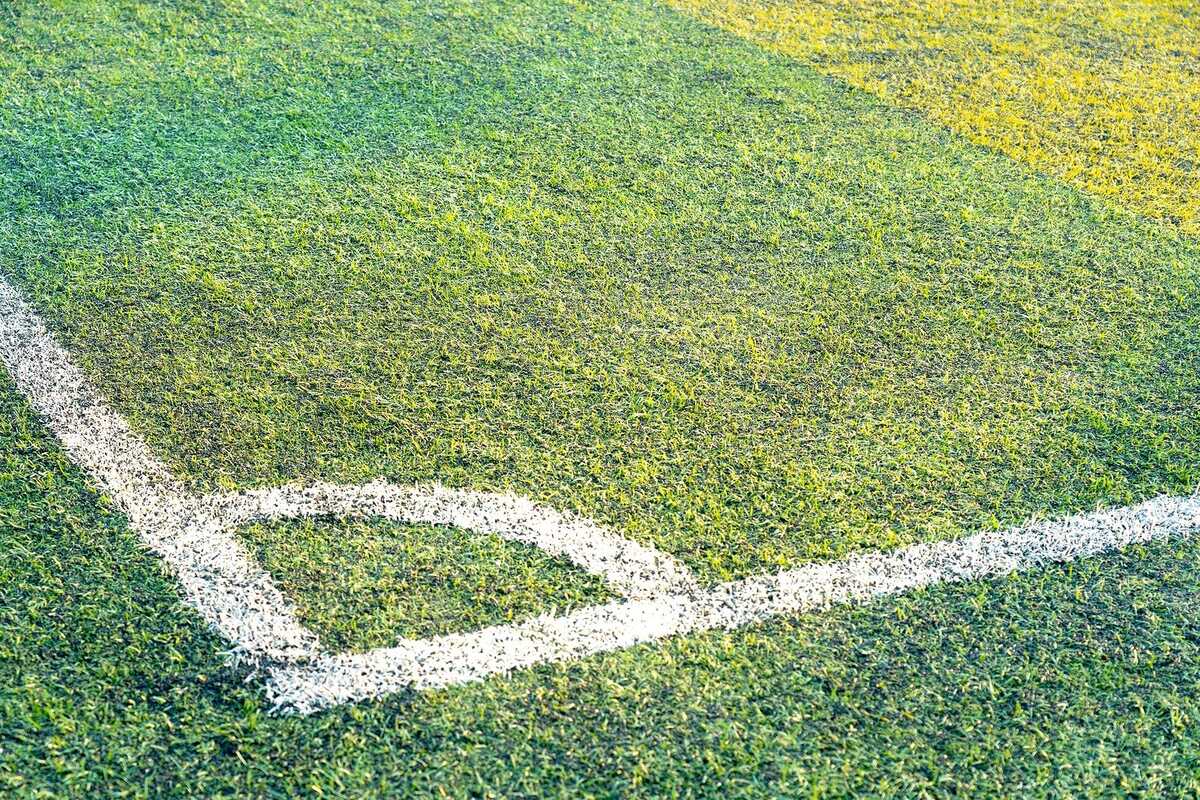

Landscaping Ideas
How To Prevent Pee Stains On Grass
Modified: August 28, 2024
Learn effective landscaping ideas to prevent pee stains on grass and keep your lawn looking green and healthy. Implement these tips to maintain a beautiful outdoor space for your furry friends.
(Many of the links in this article redirect to a specific reviewed product. Your purchase of these products through affiliate links helps to generate commission for Storables.com, at no extra cost. Learn more)
Choose the Right Type of Grass
Selecting the right type of grass is crucial in preventing pee stains on your lawn. Some grass varieties are more resistant to the effects of pet urine, making them a smart choice for pet owners. Here are some grass types that are known for their durability and ability to withstand pet urine:
-
Fescue Grass: This type of grass is popular for its hardiness and ability to tolerate pet traffic and urine. It has a deep root system that helps it withstand the impact of pet waste.
-
Perennial Ryegrass: Known for its quick germination and establishment, perennial ryegrass is a resilient option for pet owners. It can recover well from pet urine damage and is often used in high-traffic areas.
-
Kentucky Bluegrass: With its self-repairing capabilities, Kentucky bluegrass is a top choice for pet-friendly lawns. It can bounce back from pet urine spots and maintain a lush appearance.
-
Bermuda Grass: This warm-season grass is renowned for its durability and ability to recover from pet urine damage. It thrives in sunny areas and can handle pet-related stress.
When choosing the right type of grass for your lawn, consider factors such as your climate, the amount of sunlight the lawn receives, and the specific needs of your pets. By selecting a grass variety that is resilient and resistant to pet urine, you can proactively minimize the impact of pet waste on your lawn, keeping it green and healthy.
Key Takeaways:
- Choose pet-friendly grass like Fescue or Kentucky Bluegrass to prevent pee stains. Consider your climate and pet’s needs when selecting grass for a healthy, green lawn.
- Train your pet to use a designated bathroom area to minimize pee stains. Positive reinforcement and consistency are key to creating a harmonious outdoor environment.
Read more: How To Clean Pee Stains From A Mattress
Water the Grass Regularly
Proper hydration is essential for maintaining a vibrant and resilient lawn, especially in the context of preventing pee stains caused by pets. Adequate watering not only promotes the overall health of the grass but also helps dilute and disperse pet urine, reducing the likelihood of unsightly brown spots.
When it comes to watering your lawn, consistency is key. Establishing a regular watering schedule can help ensure that the grass receives the moisture it needs to thrive. For pet owners, this practice is particularly beneficial as it can aid in minimizing the impact of pet urine on the lawn.
It's important to water the grass deeply and infrequently, as this encourages the development of deep roots, which can better withstand the effects of pet waste. Shallow, frequent watering can make the grass more susceptible to damage from pet urine, as the moisture remains concentrated near the surface.
In addition to regular watering, it's essential to be mindful of the timing. Watering the lawn in the morning allows the grass to absorb the moisture before the heat of the day, reducing water loss through evaporation. This also helps prevent the development of fungal diseases, which can be exacerbated by excess moisture lingering on the grass overnight.
Furthermore, investing in a quality sprinkler system or irrigation method can streamline the process of watering the lawn, ensuring that the entire area receives adequate moisture. For pet owners, this can be especially advantageous, as it contributes to a more uniform distribution of water, potentially diluting and dispersing pet urine more effectively.
By prioritizing regular and strategic watering, pet owners can proactively safeguard their lawns against the detrimental effects of pet urine. This simple yet impactful practice not only promotes a lush and healthy lawn but also plays a significant role in preventing unsightly pee stains, allowing both pets and grass to coexist harmoniously.
Train Your Pet to Use a Designated Area
Training your pet to use a designated area for bathroom needs is a proactive and effective approach to preventing pee stains on your lawn. By establishing a specific spot for your pet to relieve themselves, you can minimize the impact of pet urine on the grass while promoting a cleaner and more organized outdoor environment.
Begin the training process by selecting a suitable area in your yard for your pet's bathroom activities. This designated spot should be easily accessible and away from high-traffic areas or frequently used sections of the lawn. Consider factors such as privacy, convenience, and the overall layout of your outdoor space when choosing the location.
Once the designated area is identified, introduce your pet to this specific spot during bathroom breaks. Use consistent verbal cues or commands to signal to your pet that this is the designated area for relieving themselves. Positive reinforcement, such as praise or treats, can be employed to encourage your pet to use the designated spot consistently.
Consistency is key in the training process. Establish a regular schedule for bathroom breaks, ensuring that your pet has ample opportunities to use the designated area. Over time, the repetition of this routine can help reinforce the behavior and encourage your pet to associate the designated spot with bathroom activities.
In addition to verbal cues and positive reinforcement, consider using visual markers or boundaries to delineate the designated area. This can help guide your pet to the appropriate spot and further reinforce the concept of using a specific area for bathroom needs.
As your pet becomes accustomed to using the designated area, monitor their behavior and provide gentle redirection if they attempt to relieve themselves in other parts of the yard. Patience and persistence are essential during this training phase, as it may take time for your pet to fully adapt to the new routine.
By training your pet to use a designated area for bathroom needs, you can significantly reduce the occurrence of pee stains on your lawn. This proactive approach not only benefits the overall appearance of your outdoor space but also fosters a more harmonious coexistence between your pets and your landscaping. With patience, consistency, and positive reinforcement, you can successfully instill this behavior in your pet, contributing to a cleaner and more pristine lawn environment.
To prevent pee stains on grass, try watering the area after your pet goes to dilute the urine. You can also train your pet to go in a designated spot with different ground cover.
Use Pet-Friendly Lawn Products
When it comes to maintaining a pet-friendly lawn and preventing pee stains caused by your furry companions, the choice of lawn products plays a pivotal role. Opting for pet-friendly lawn products not only safeguards the well-being of your pets but also contributes to the overall health and appearance of your lawn. From fertilizers to soil amendments, selecting products that are safe for pets can make a significant difference in preserving a lush and vibrant outdoor space.
One of the key considerations when choosing lawn products for pet-inhabited areas is the avoidance of harmful chemicals and toxic substances. Traditional lawn care products, such as certain fertilizers and pesticides, may contain ingredients that can pose risks to pets upon contact or ingestion. To mitigate these potential hazards, pet owners should prioritize the use of pet-friendly alternatives that are formulated to be safe for animals.
Pet-friendly fertilizers are specifically designed to provide essential nutrients to the grass while minimizing the risk of adverse effects on pets. These fertilizers are often labeled as "pet-safe" or "pet-friendly," indicating that they have been formulated with non-toxic ingredients that are unlikely to harm animals. By nourishing the grass with these specialized fertilizers, pet owners can promote healthy growth and resilience in their lawns without compromising the well-being of their pets.
In addition to fertilizers, pet-friendly soil amendments and conditioners are valuable assets for maintaining a pet-friendly lawn. These products are engineered to enhance soil quality and support the growth of robust, pet-resistant grass. By improving the soil structure and nutrient content, pet-friendly soil amendments contribute to the overall vitality of the lawn, creating an environment that is more resilient to the effects of pet urine.
Furthermore, pet owners should seek out pet-friendly weed control solutions to manage unwanted vegetation without exposing their pets to harmful chemicals. Non-toxic herbicides and weed control products offer an effective means of addressing weed infestations while minimizing the potential risks to pets. By opting for pet-friendly weed control options, pet owners can maintain a weed-free lawn without compromising the safety of their beloved animals.
When selecting lawn products for pet-inhabited areas, it's essential to carefully review product labels and seek out formulations that are explicitly labeled as safe for pets. Additionally, consulting with lawn care professionals or pet-friendly gardening experts can provide valuable insights and recommendations for choosing the most suitable products for a pet-friendly lawn environment.
By embracing pet-friendly lawn products, pet owners can create a safe and nurturing outdoor space for their pets while preserving the beauty and resilience of their lawns. This proactive approach not only prioritizes the well-being of pets but also contributes to a flourishing and harmonious coexistence between animals and the outdoor environment. With the conscientious selection of pet-friendly lawn products, pet owners can cultivate a vibrant and pet-safe lawn that serves as a welcoming and enjoyable space for both pets and their human companions.
Clean Up Pet Urine Promptly
Prompt cleanup of pet urine is a fundamental aspect of maintaining a pristine and healthy lawn in the presence of pets. Timely removal of pet urine not only helps prevent unsightly pee stains but also minimizes the potential for grass damage and odor accumulation. By adopting proactive cleanup practices, pet owners can effectively mitigate the impact of pet urine on their lawns, fostering a cleaner and more inviting outdoor environment for both pets and humans.
Upon discovering pet urine on the lawn, swift action is essential. Begin by using absorbent materials, such as paper towels or clean cloths, to blot and soak up the urine from the grass. Applying gentle pressure to the affected area can aid in absorbing as much urine as possible, preventing it from seeping deeper into the soil and causing prolonged damage to the grass.
Following the initial absorption, rinsing the area with water can help dilute the remaining urine and minimize its concentration in a specific spot. This dilution process is particularly beneficial in reducing the potential for visible pee stains and mitigating the impact of the urine on the grass. Additionally, thorough rinsing can help prevent the accumulation of strong odors associated with pet urine, contributing to a fresher and more pleasant outdoor environment.
After rinsing the affected area, consider applying a pet-friendly enzymatic cleaner specifically formulated for removing pet urine odors and stains. These specialized cleaners contain enzymes that target and break down the components of pet urine, effectively neutralizing odors and minimizing the likelihood of recurring pet marking in the same spot. By utilizing enzymatic cleaners, pet owners can address both the visible and olfactory effects of pet urine, promoting a cleaner and more hygienic lawn environment.
In instances where pet urine has resulted in persistent discoloration or damage to the grass, overseeding the affected areas can facilitate the rejuvenation of the lawn. Selecting grass seed varieties that are resilient and well-suited to the specific conditions of the lawn can help restore the lushness and uniformity of the grass, concealing the effects of pet urine and promoting a revitalized appearance.
By promptly addressing pet urine and implementing proactive cleanup measures, pet owners can effectively minimize the impact of pet waste on their lawns, preserving the beauty and health of their outdoor spaces. This diligent approach not only contributes to a more aesthetically pleasing lawn but also supports a cleaner and more enjoyable environment for pets and their human companions. Through consistent and timely cleanup practices, pet owners can uphold the integrity of their lawns while nurturing a harmonious coexistence between pets and the outdoor landscape.
Frequently Asked Questions about How To Prevent Pee Stains On Grass
Was this page helpful?
At Storables.com, we guarantee accurate and reliable information. Our content, validated by Expert Board Contributors, is crafted following stringent Editorial Policies. We're committed to providing you with well-researched, expert-backed insights for all your informational needs.
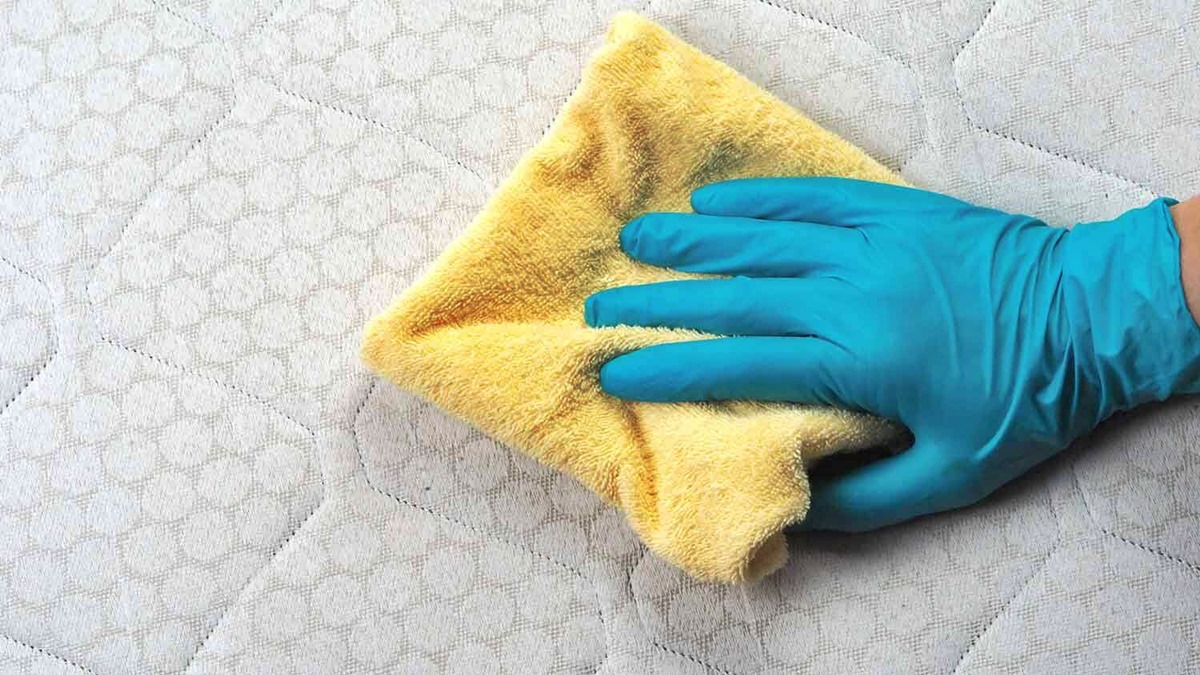
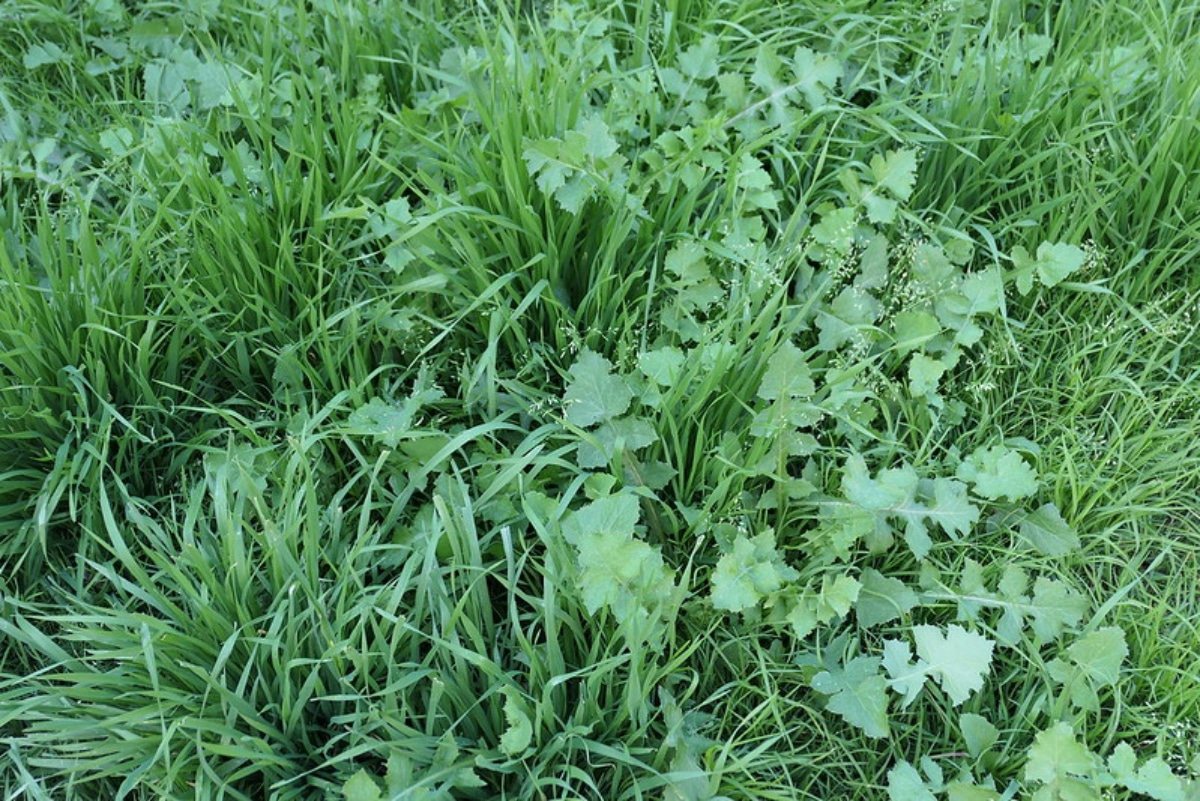
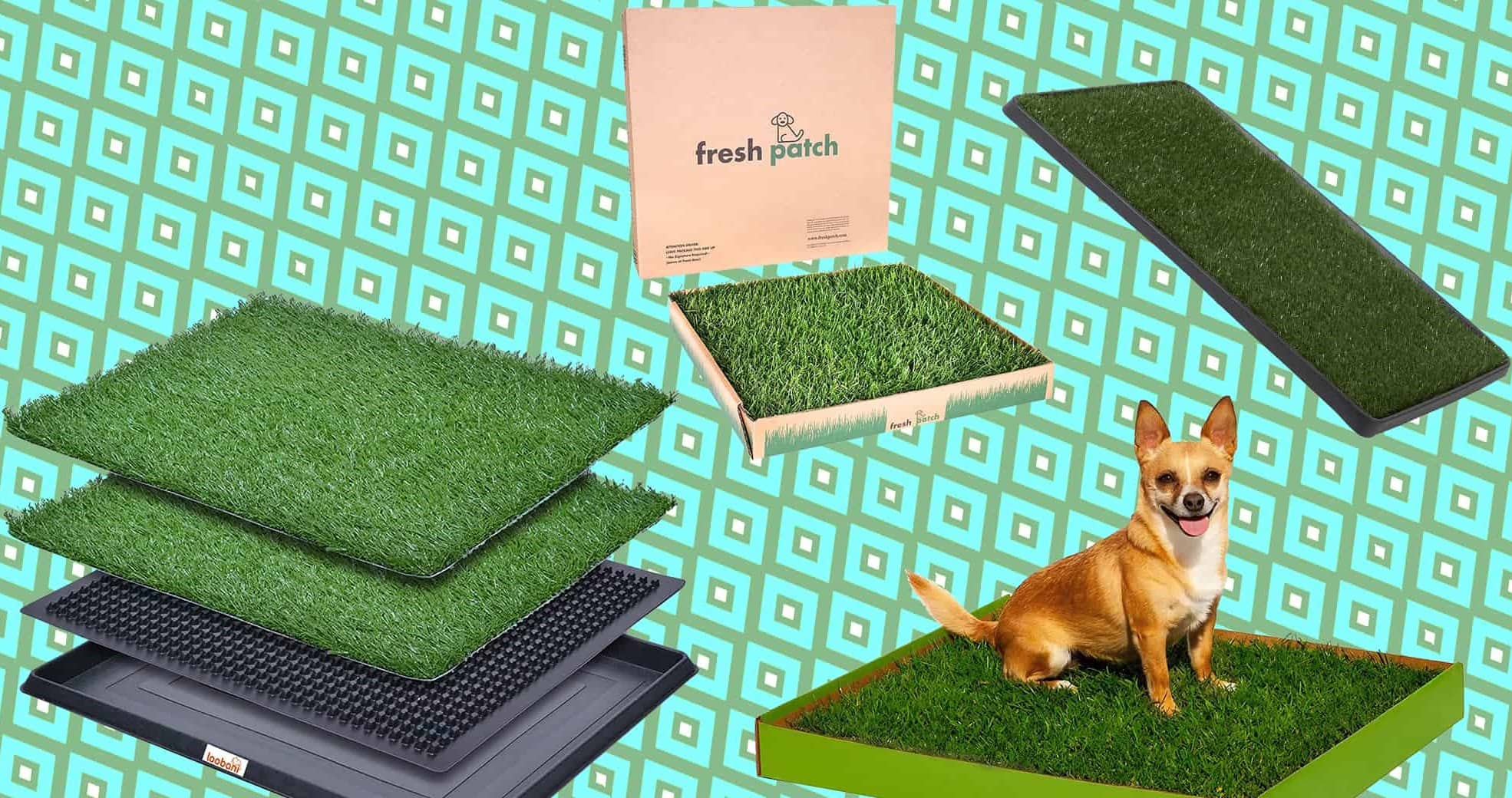
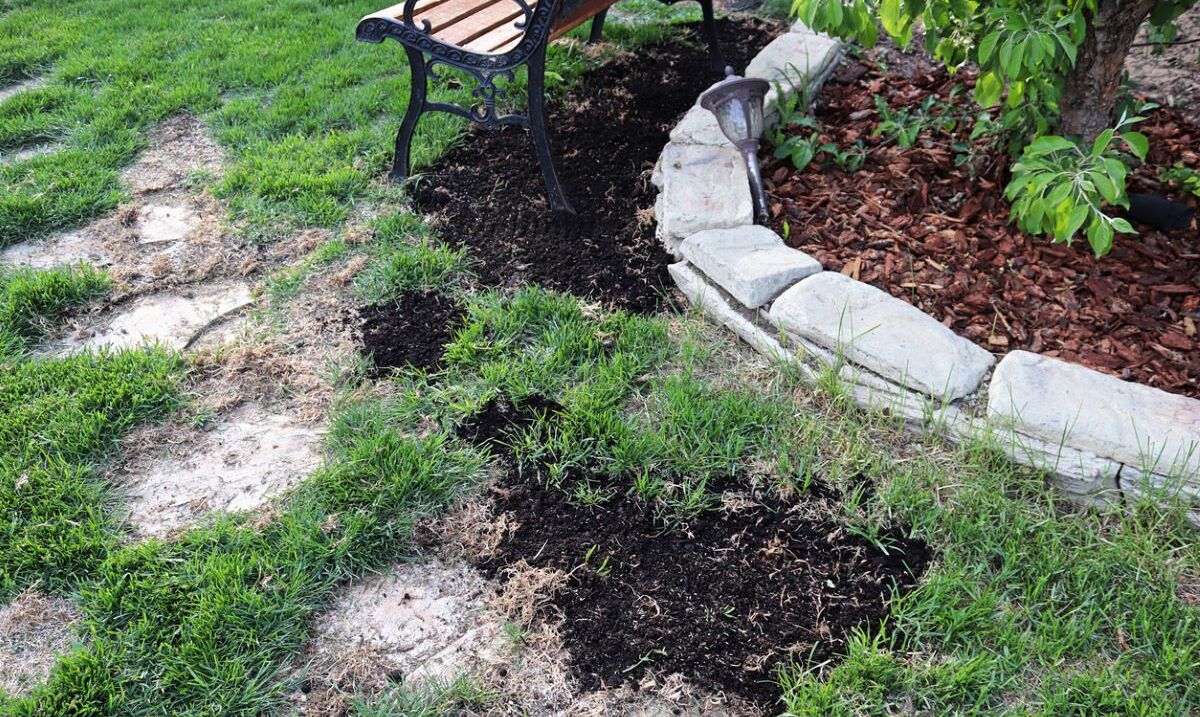
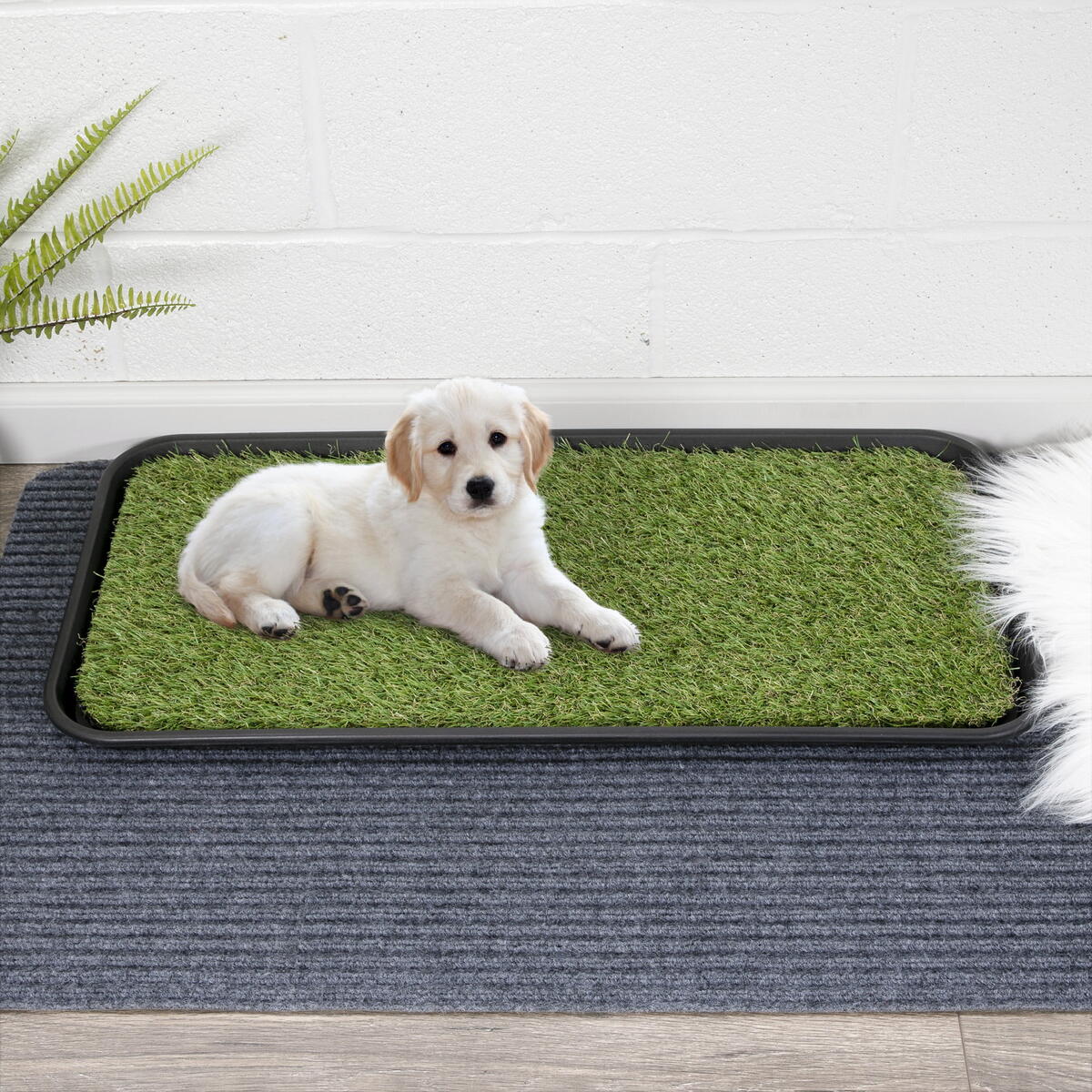
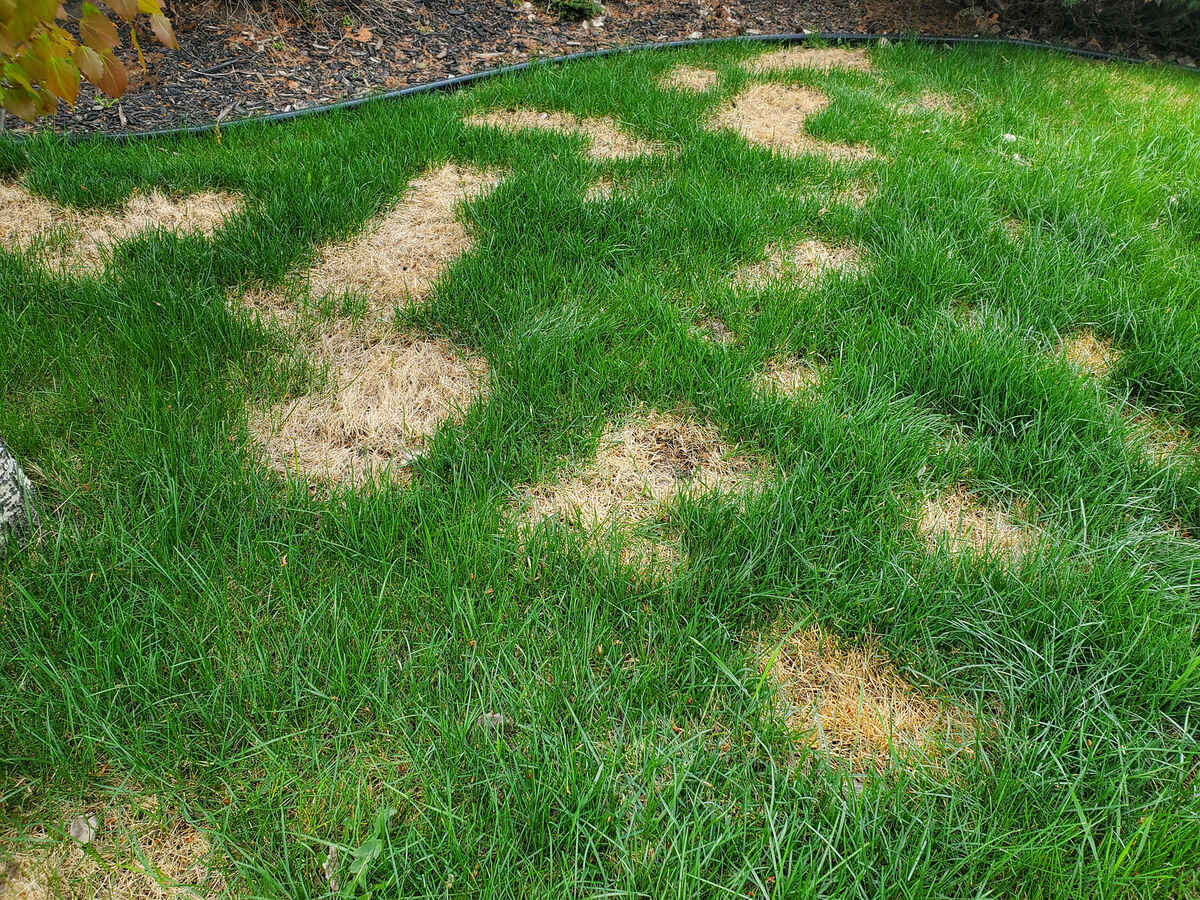
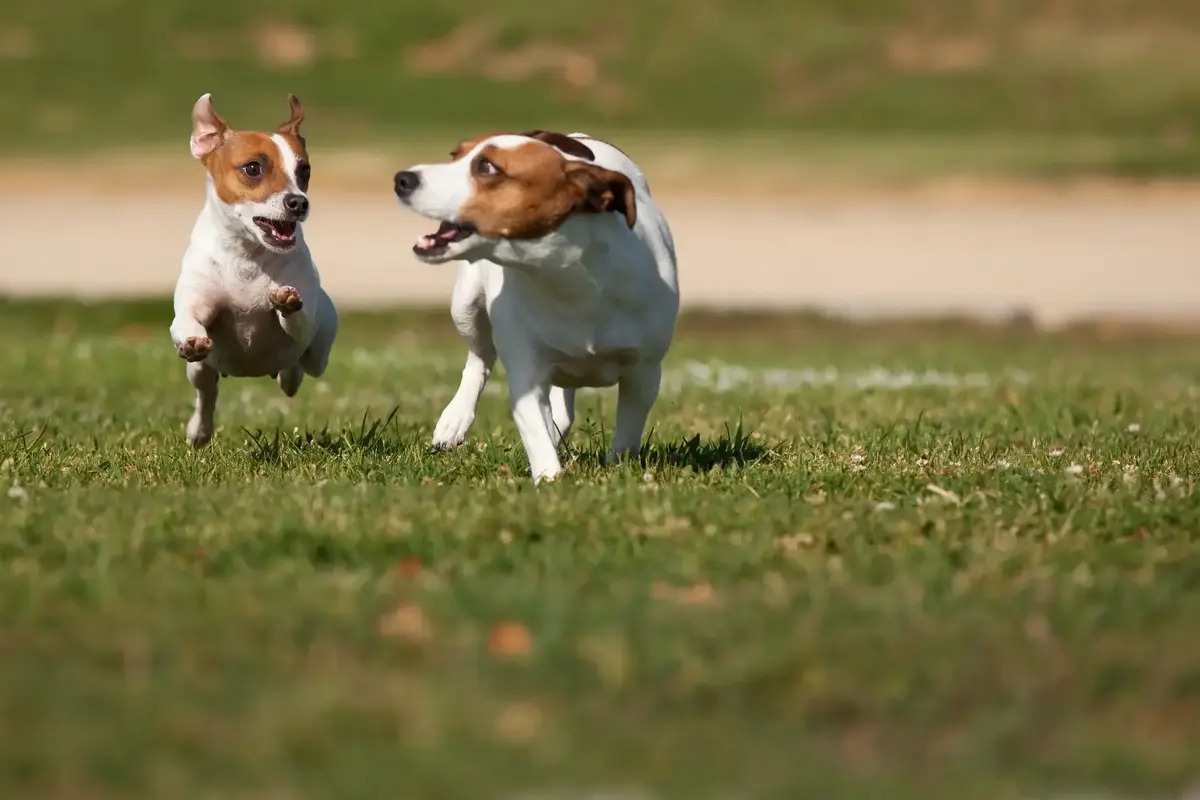
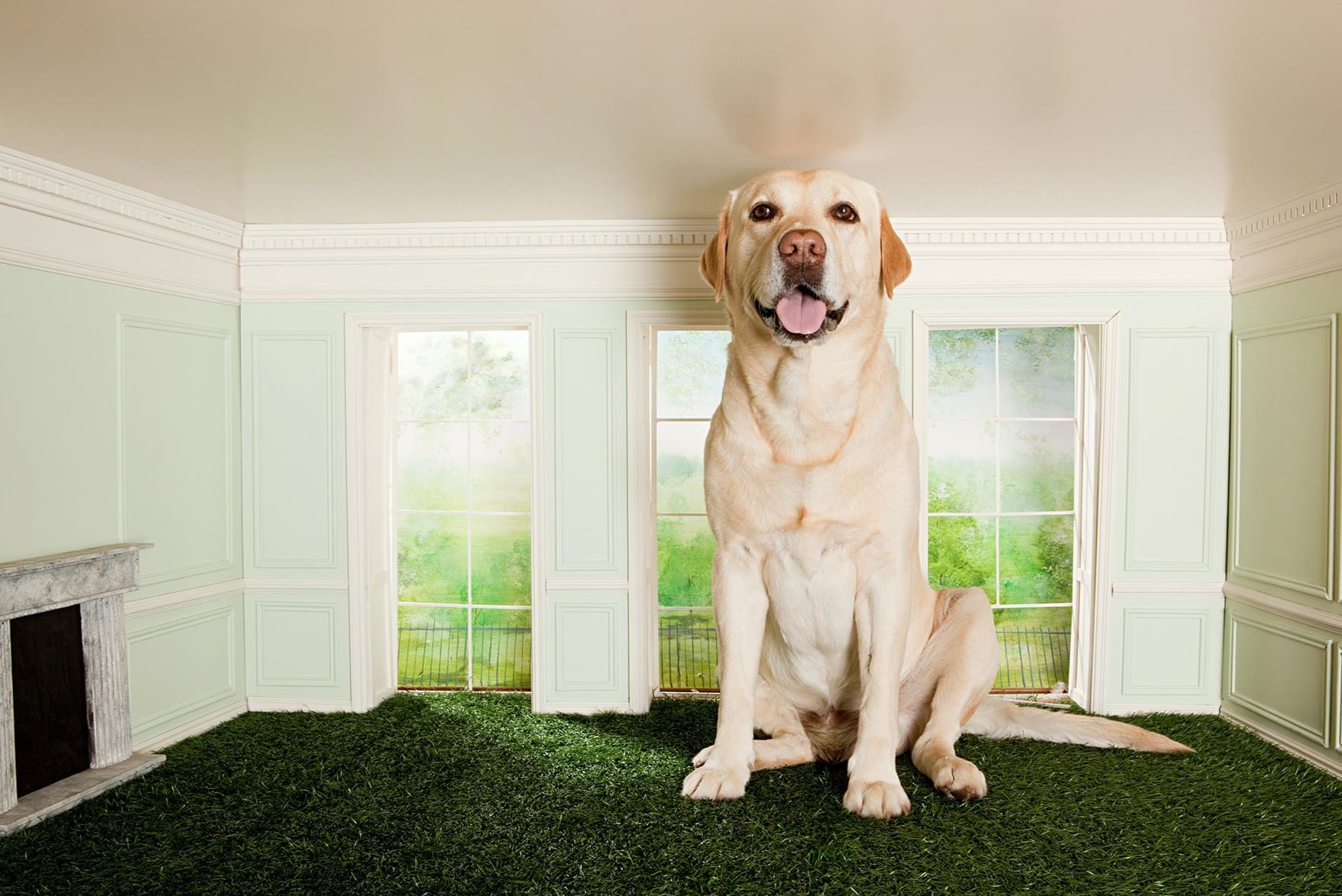
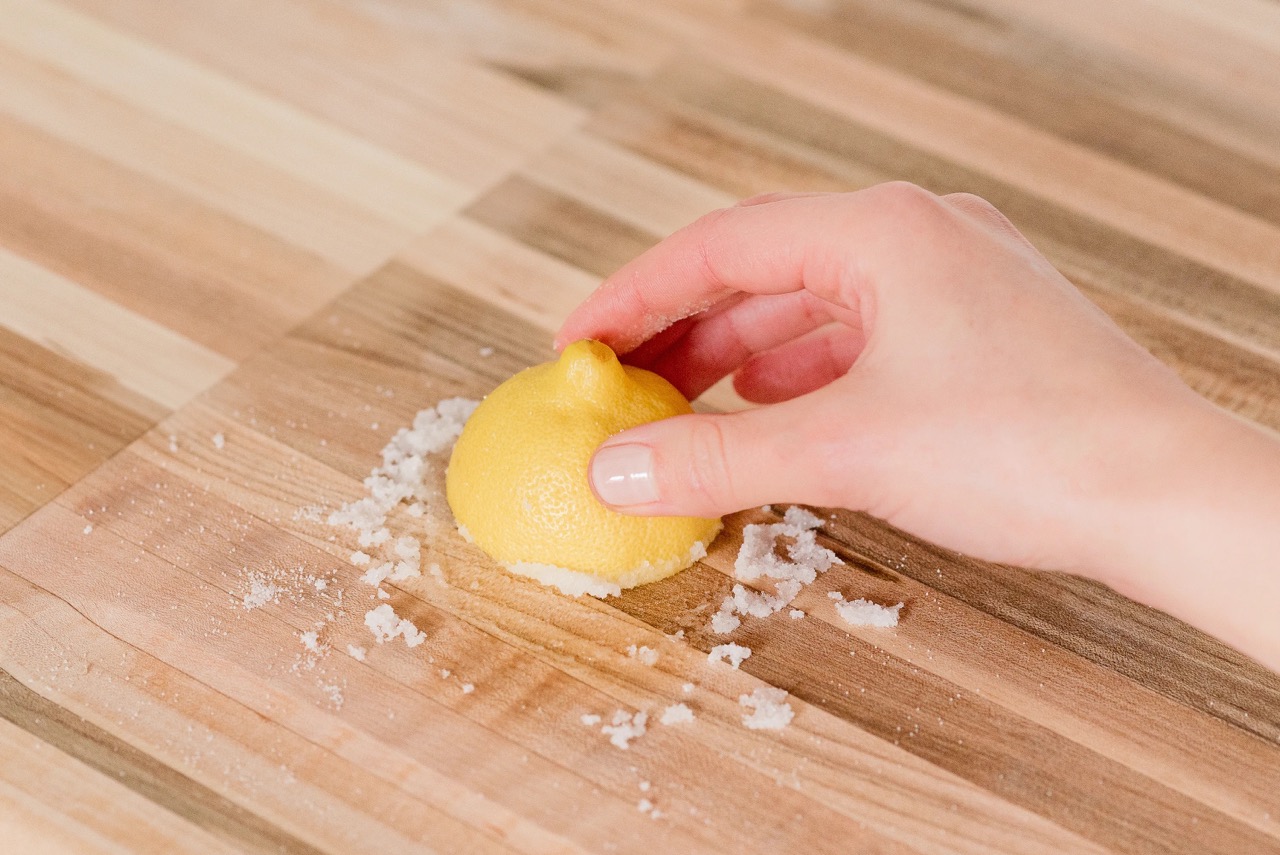
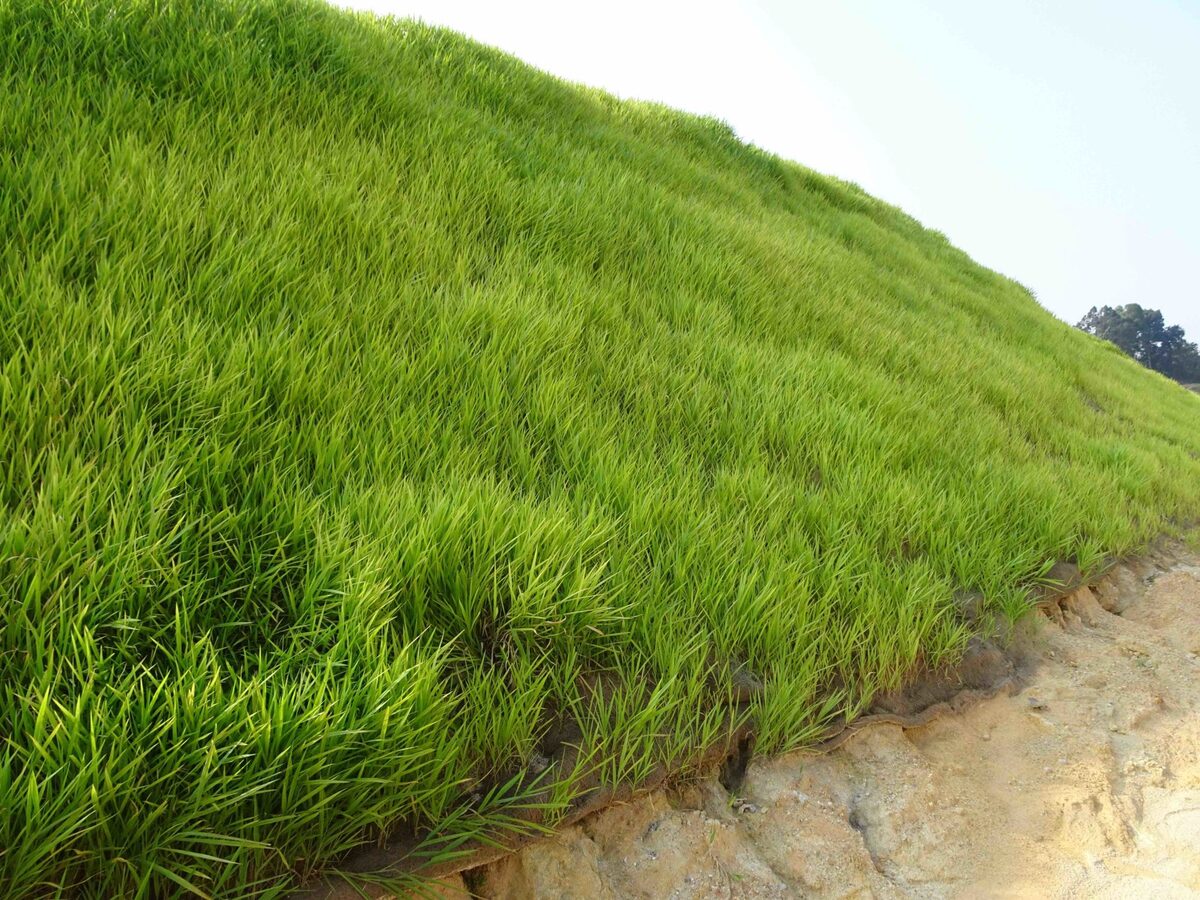
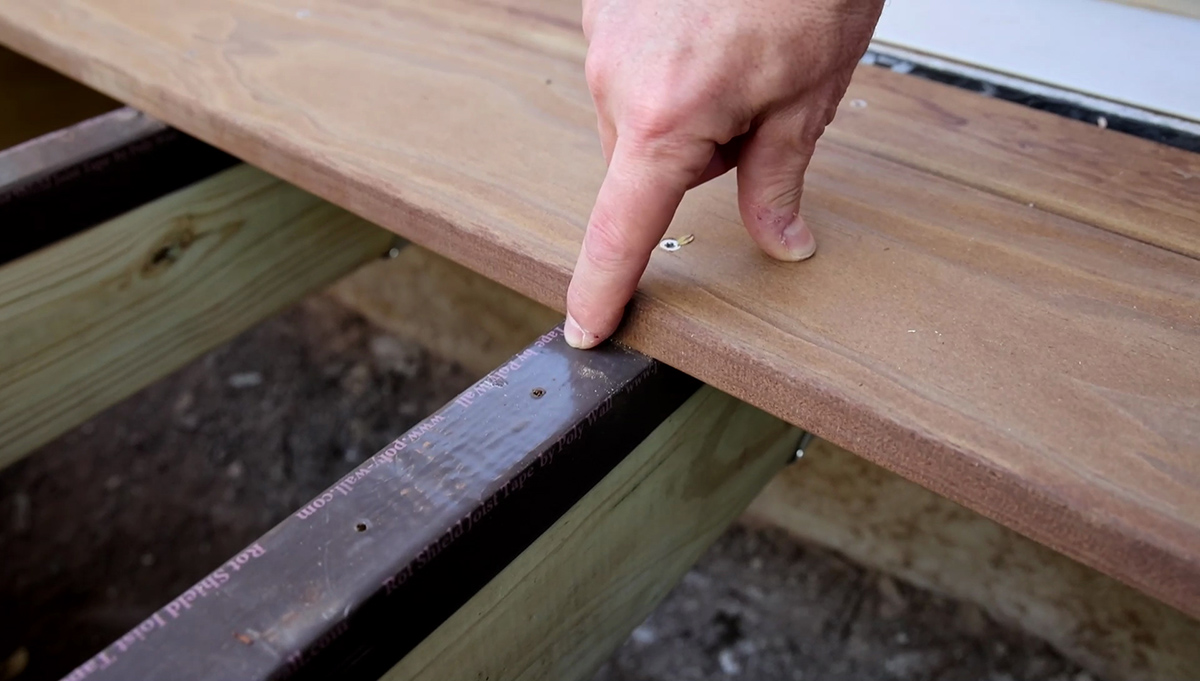
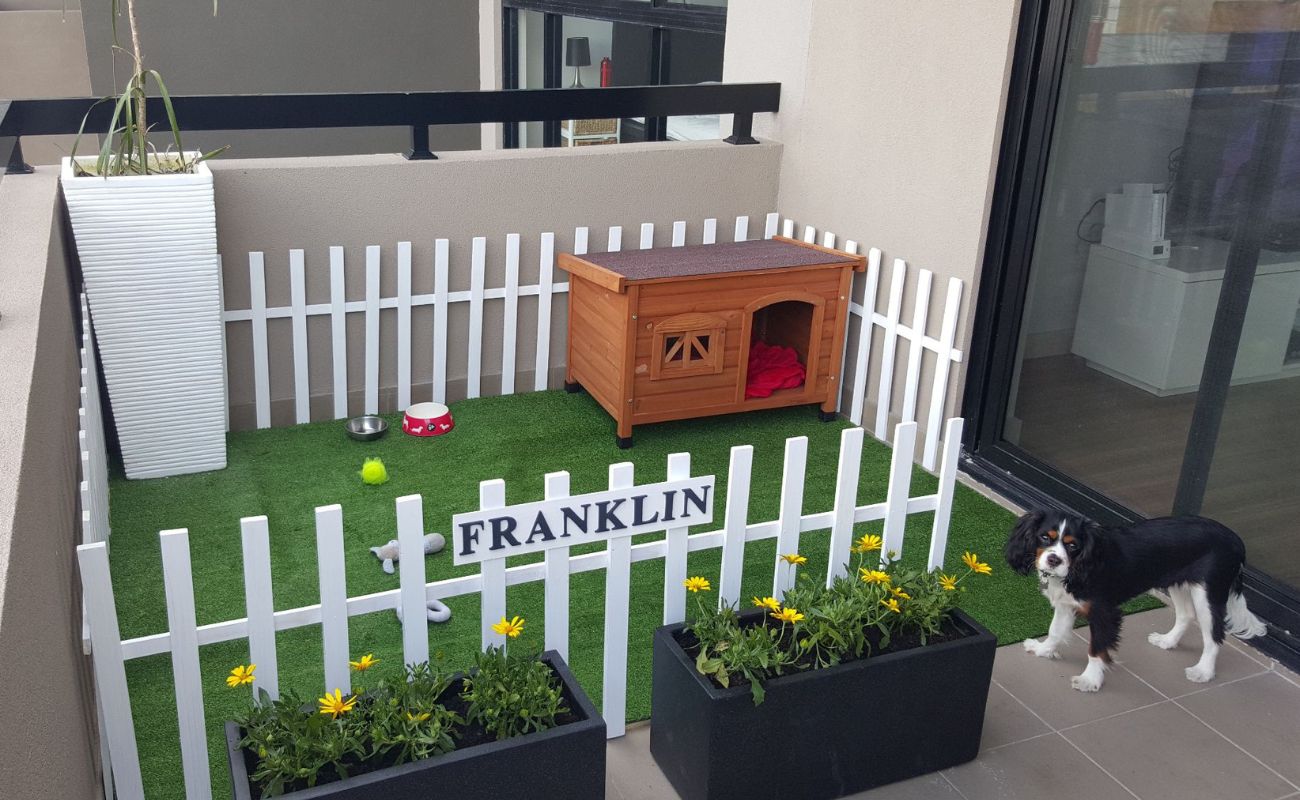
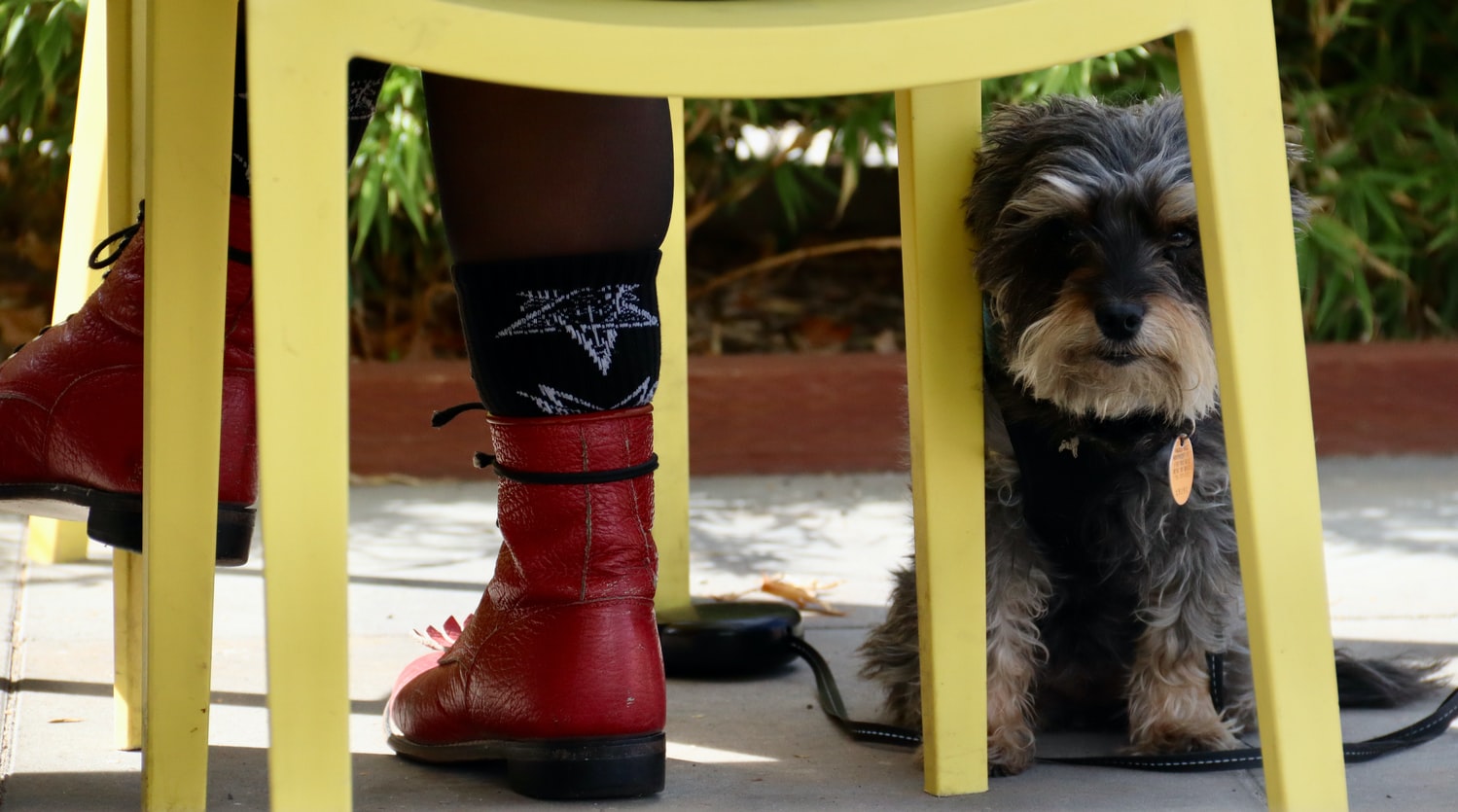
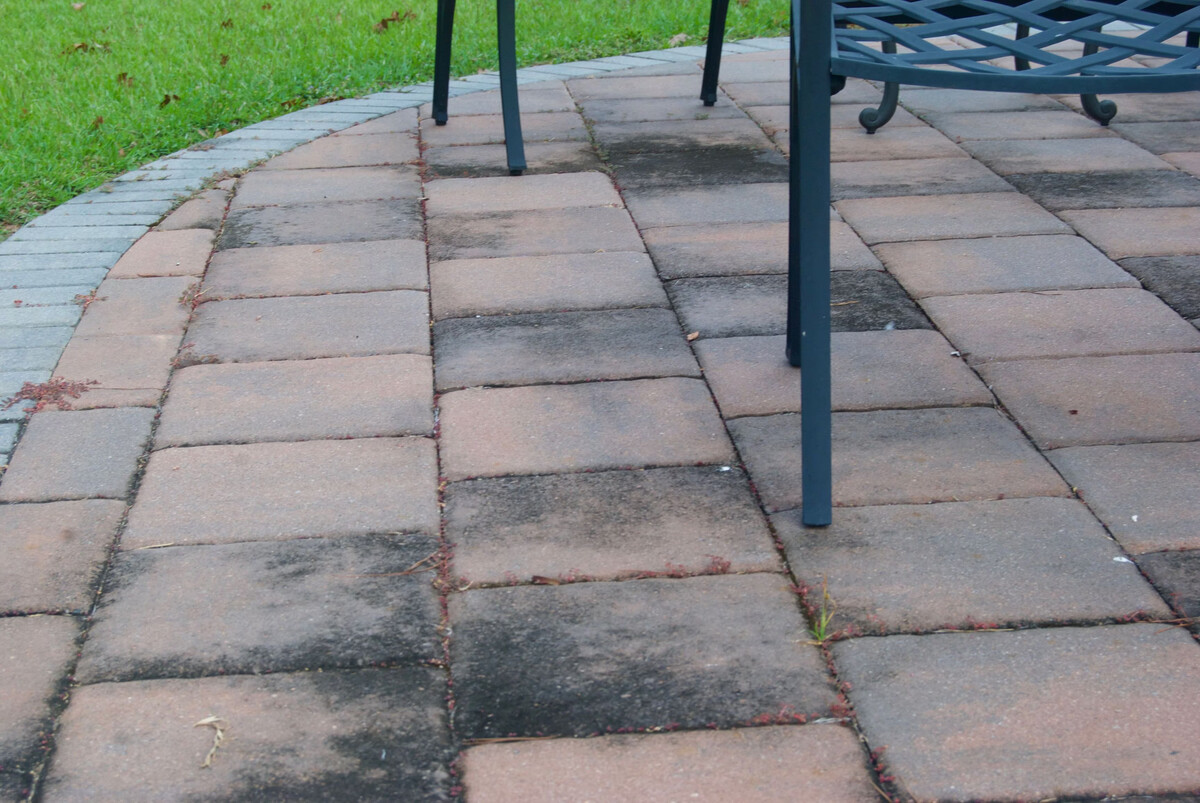
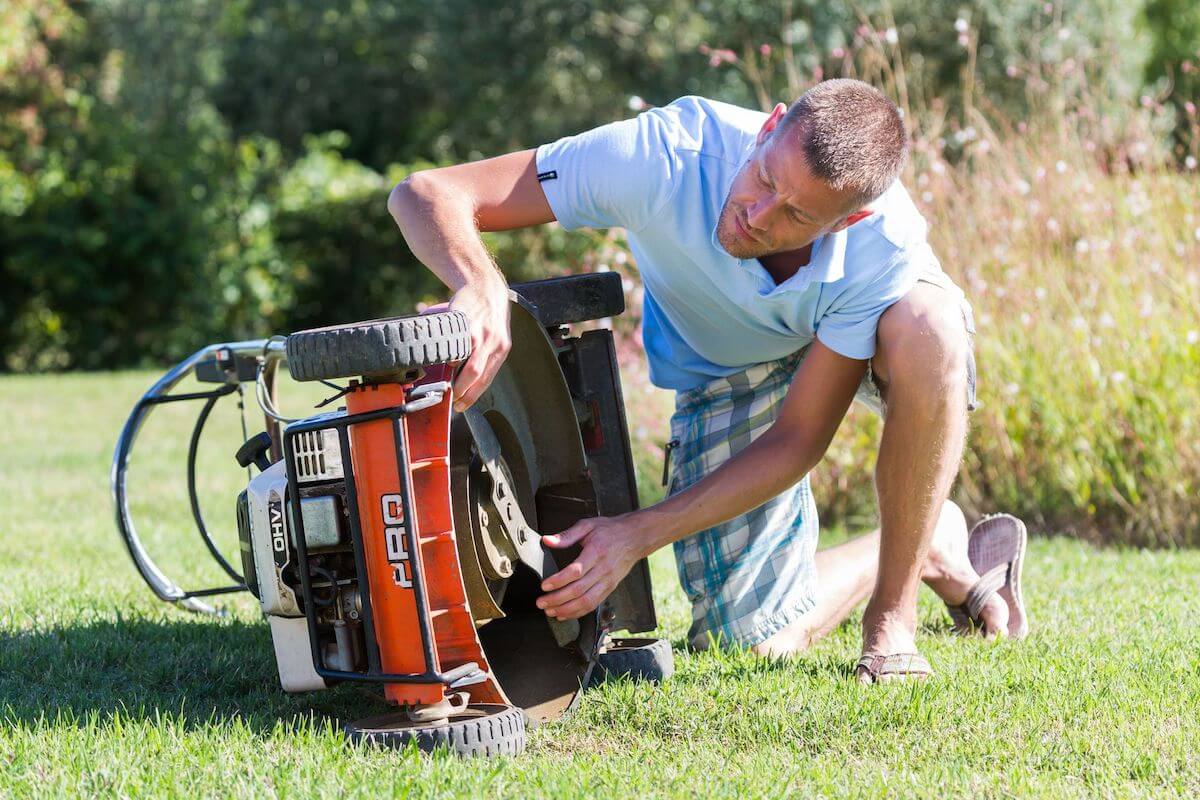

0 thoughts on “How To Prevent Pee Stains On Grass”